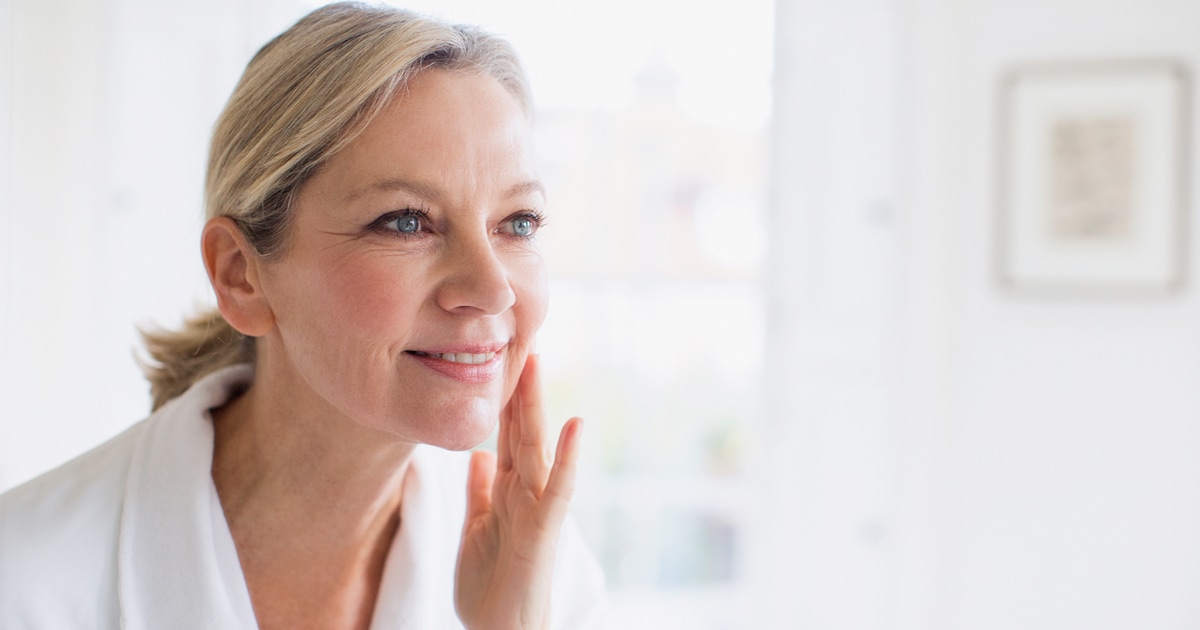The exact mechanism of action of tretinoin is not known, however researchers believe tretinoin encourages rapid epidermal turnover—so skin releases dead cells faster than it otherwise would, and reveals a fresh, glowing complexion. At the same time, it boosts production of skin’s vital collagen and remodels elastin, which break down with natural aging and photoaging.
Under the microscope, researchers have seen retinoids for acne produce significant changes in epidermal and dermal skin cells and tissues. Out in the real world, users see an improvement in their acne, and with the tretinoins approved for the treatment of fine lines and wrinkles, pigmentation and roughness, users see an improvement in these signs of photaging.
Tretinoin takes skin care to a new level

Available by prescription only, tretinoin can have significant results when used on its own, and it can add a boost to any skin care routine. Ask your skin care professional about the potential advantages of tretinoin for you as an addition to your skin care regimen.
Important Safety Information
While using tretinoin, you should:
minimize exposure to the sun and to extreme cold or wind. Avoid sunlamps, tanning beds and ultraviolet light.
use a sunscreen with a SPF of at least 15, wear protective clothing and wide-brimmed hat
stop using tretinoin if you get a sunburn
avoid washing your skin too often, scrubbing the affected skin, or using other products with a drying effect, including other products containing tretinoin, unless recommended by your healthcare provider
Before using tretinoin, tell your healthcare provider if you:
are allergic to fish (gel only). Contact your healthcare provider if you develop itching or rash while using tretinoin gel.
have a skin condition called eczema
have a sunburn
are pregnant or breastfeeding, think you are pregnant, or plan to become pregnant or to breastfeed
What are the possible side effects of tretinoin?
skin dryness, burning, redness, excessive flaking or peeling. If you develop these symptoms your healthcare provider may tell you to stop using it for a while, decrease the number of applications, or stop using it completely.
Tell your healthcare provider about any side effect that bothers you or does not go away.
The safety and efficacy of Tretinoin have not been established in the treatment of patients younger than 10 years of age (Gel) or 12 years of age (Cream), or in pregnant or nursing women.


